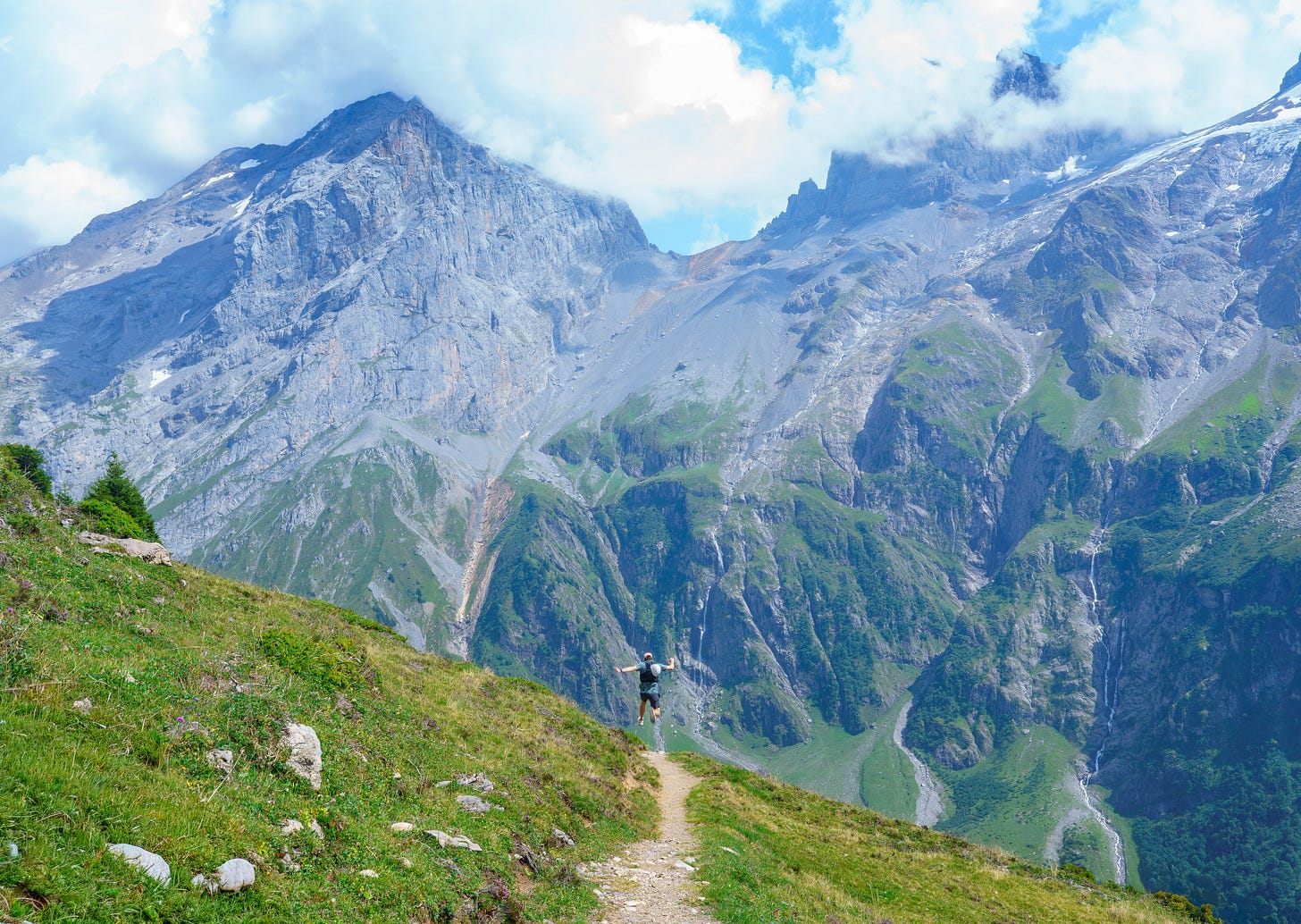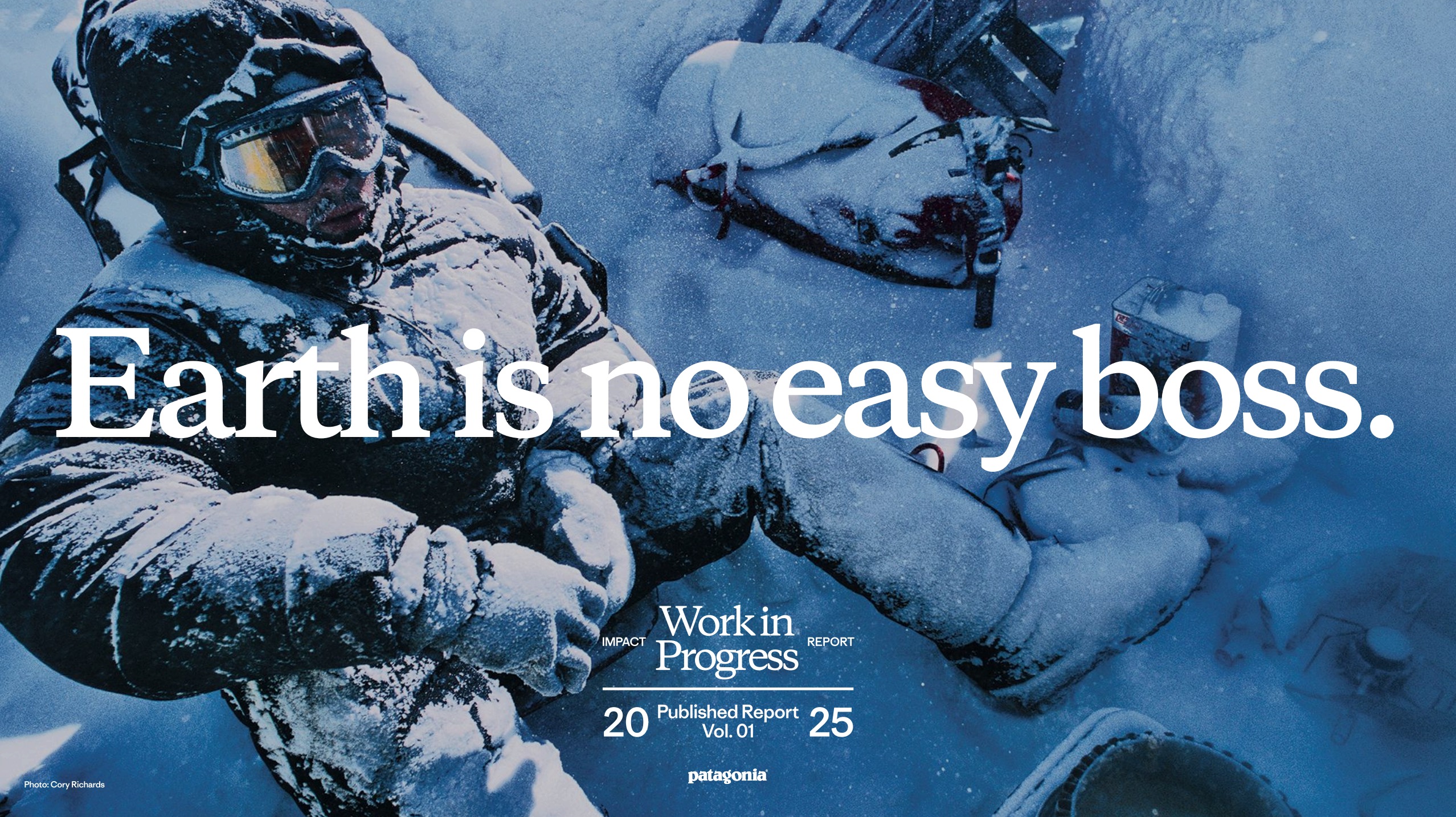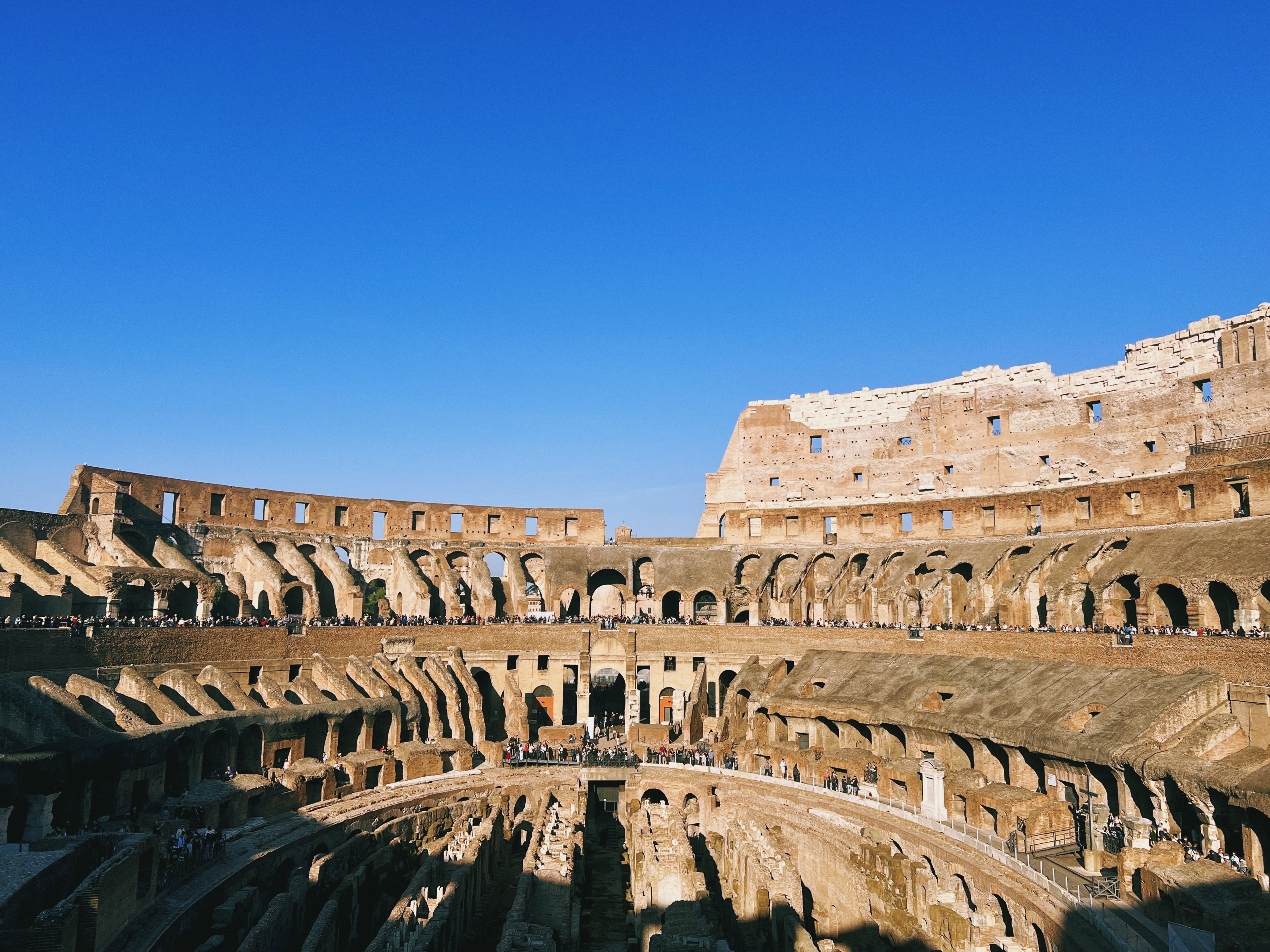I started running in high school cross country team. After graduating I planned to continue at UC San Diego, but an early-season injury sidelined me and I switched to ultimate frisbee instead (which kept me in surprisingly good shape). After college, running faded to occasional training and the odd race—until 2020, when I spontaneously signed up for a 50K with two months to train. That race went well, and for a few years I maintained good fitness, racing here and there at varying levels of competitiveness.
Then, last year, I tripped and fell on my face while on the Dirty Bismark loop outside of Boulder (one of my favorite “fitness test” runs). The fall resulted in knee issues that were enough to knock me out of Desert Rats, and then became a persistent injury that followed me through several false starts at recovery and a move to London.
In Boulder, the outdoors were constant—trails ten minutes from your door, movement woven into daily life, a community designed around physical activity. In London, even with its great access to green spaces (for a major city), everything requires more effort. You can’t just squeeze in a quick trail run or hike before dinner. You plan, you train, you take the train. The mountains of Europe are “close” but not close. Being injured and far from the mountains felt like a double whammy. The frustration was real.
Eventually I connected with a great PT in London who got me back on track. I started running with consistently decreasing discomfort and even returned to my local track meetup. I was beginning to recognize myself again.
Then, just as things were trending up, I pulled a hamstring doing 200-meter repeats at a track workout. Nothing too serious, but another speed bump. On trips to Annecy and the Polish Tatras, I stuck to hiking.
It wasn’t until Switzerland, toward the end of summer, that everything came together. We spent a few days in Engelberg at the Ski Lodge. One particular day after climbing the Fürenalp via ferrata, Sarah turned me loose for a solo run toward Surenenpass. The trail climbed steadily and I pushed hard, alternating between jogging and power hiking. My planned turnaround time came and went—I was too close to the pass not to finish.

After a brief moment at the top of the pass, I turned around and headed down as clouds began to build. Not long after I started descending, I heard the first peals of thunder. Hoping to avoid the storm, I picked up the pace, out of Zone 2 and more toward “racing downhill”.
I didn’t outrun the storm 😂.
The rain started coming down in sheets, but it was that kind of summer storm energy that feels more theater than threat (not that Colorado summer high alpine panic). I was soaked within minutes, but I wasn’t cold, wasn’t too exposed, wasn’t too far from home—and I couldn’t stop smiling. If anything, I picked up the pace even more, careening downhill on clean doubletrack and sections of techy singletrack. My feet danced over slick roots and loose rock, I felt fast and in control, and overall I just felt good.
Eventually, I did get out of the storm as I dropped into the valley, still dealing with the after effects of soaked trails but it was sunny again, and I was enjoying the waterfalls on either side. Eventually I made it back to return my ferrata gear 30 min early (snagging a top 5 Strava descent in the process).
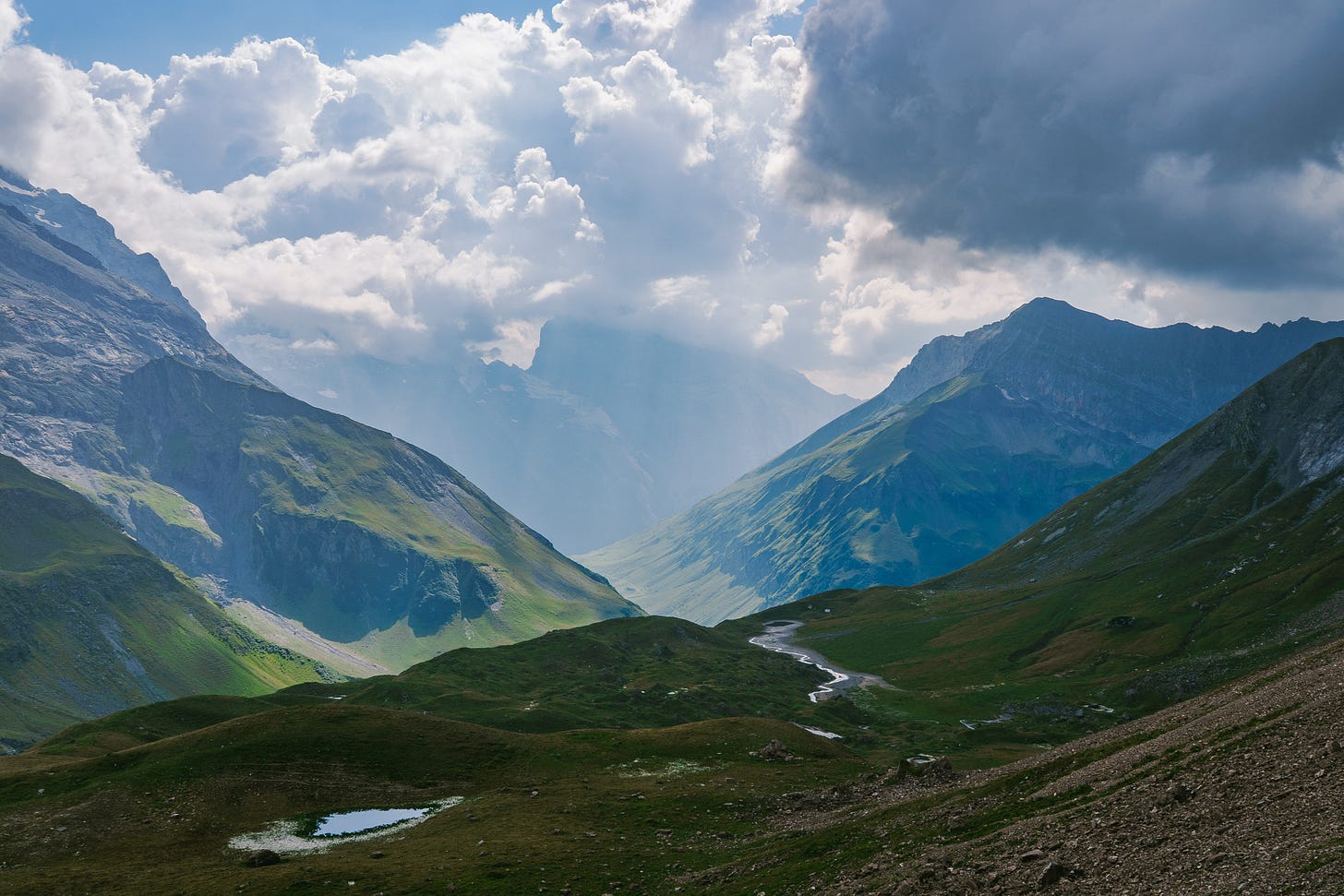
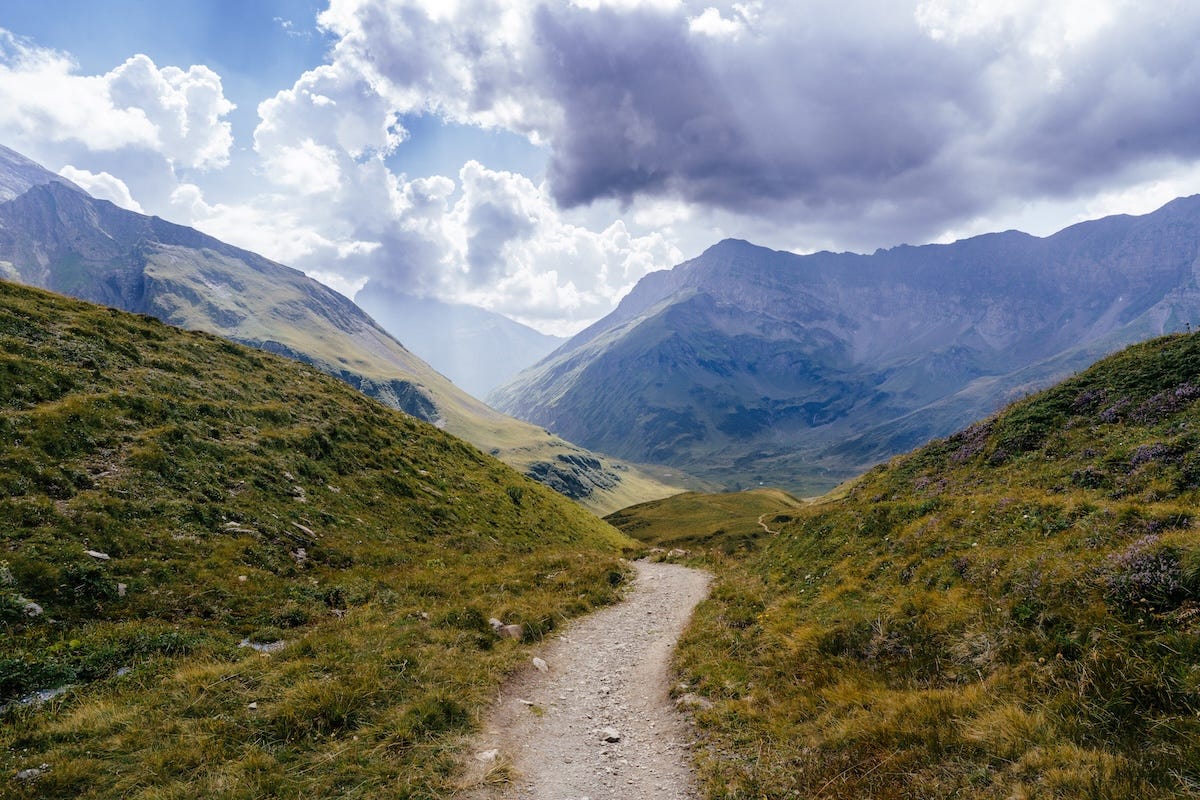
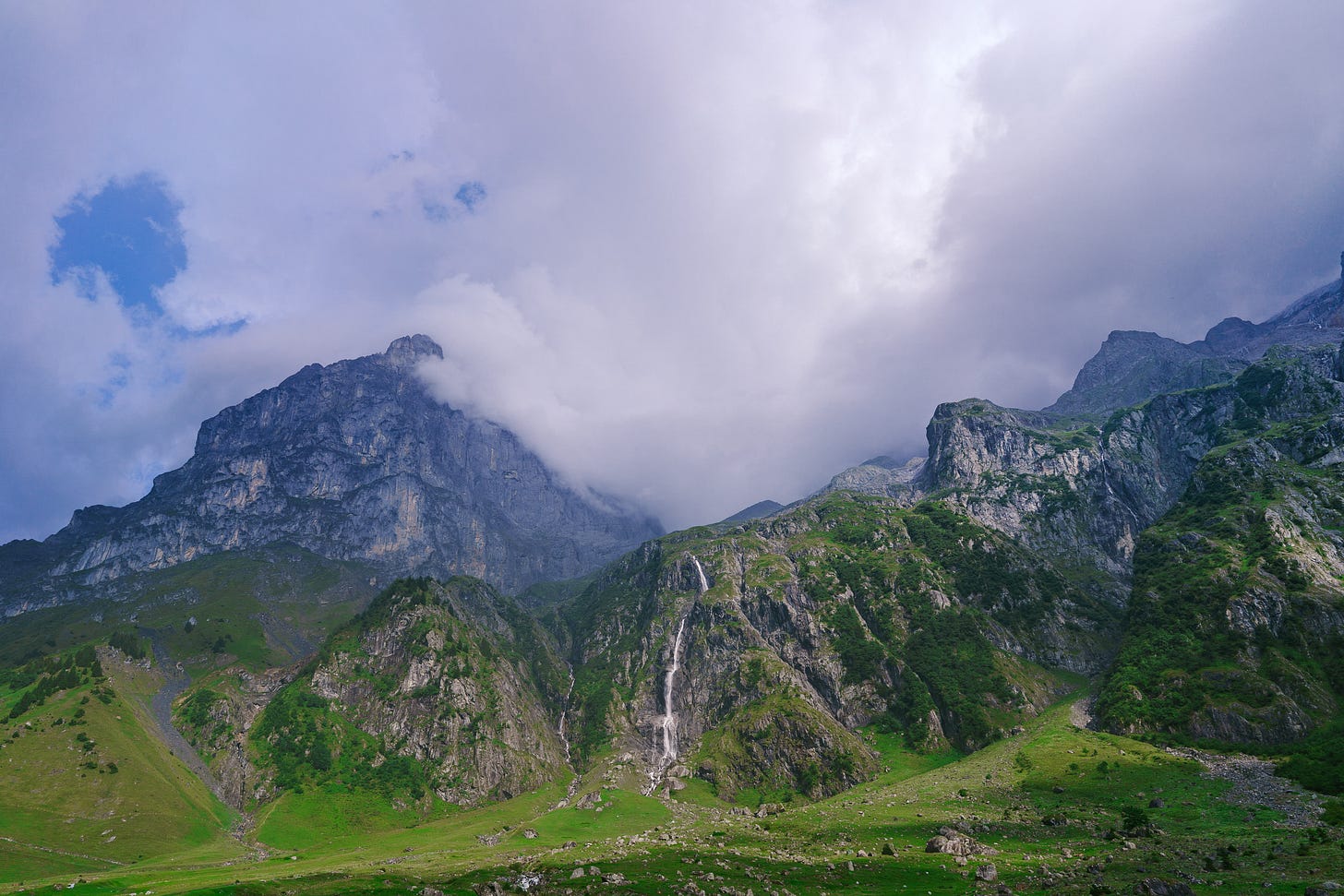
It’s hard to describe that ecstatic, slightly defiant joy of flying downhill at full speed after months of feeling benched. It’s wasn’t really about running fast. It’s was about the quiet, hard-earned triumph of feeling like myself again.
While writing this I wondered if there might be some long, oddly specific German word that perfectly encapsulates “the joy of feeling fit again”. While I couldn’t find a true dictionary word, German tends to support smashing words and concepts together to create new ones. The closest I could get is Wiedergenesenheitsfreude, which translates roughly to the “joy of recovery”. But, it doesn’t exactly roll off the tongue, and I’ve been reliably informed by German speakers that “this doesn’t really make sense”. Whelp.
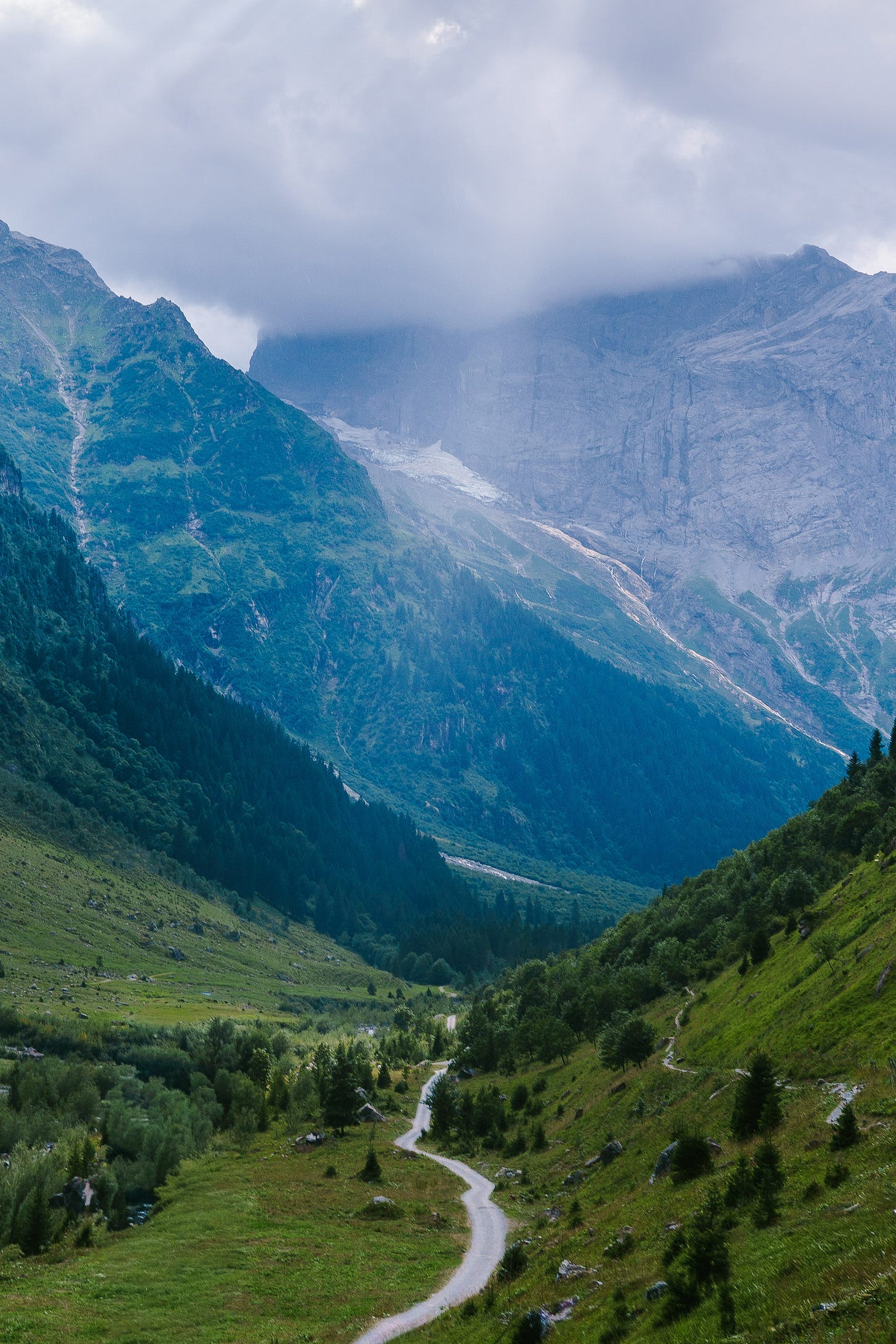
Injury changes your relationship with movement, especially when your sense of self is wrapped up in it. Trails feel farther away. Your identity takes on a little wobble. Frustrations build. You forget exactly what it feels like to have your legs just work.
That’s the tricky part about building your identity around physical capabilities: it’s inherently unstable. Your body will fail you at some point, and when it does, you’re left figuring out who you are without the thing that’s been defining you. Most of the time, injury isn’t a matter of if, but when. Push hard enough, long enough, and something will give. And when it does, you have to learn how to manage the frustration of not being able to do the things you love, of watching your fitness slip away, and plan things around what your body will and won’t let you do. There’s an inherent challenge in tying happiness to activities that you might not always be able to do.
But the same drive that gets you injured in the first place is what brings you back. We’ll get hurt, we’ll rebuild, we’ll doubt, we’ll find our flow again. You learn to live through the downs because the ups are worth it. And when you finally do get back, when your legs work again and everything clicks on the trail, you try not to take it for granted.
Sarah snapped this photo of me heading out toward the pass, mid-air, leaping down the trail like a little kid. I think it sums it all up pretty well.
